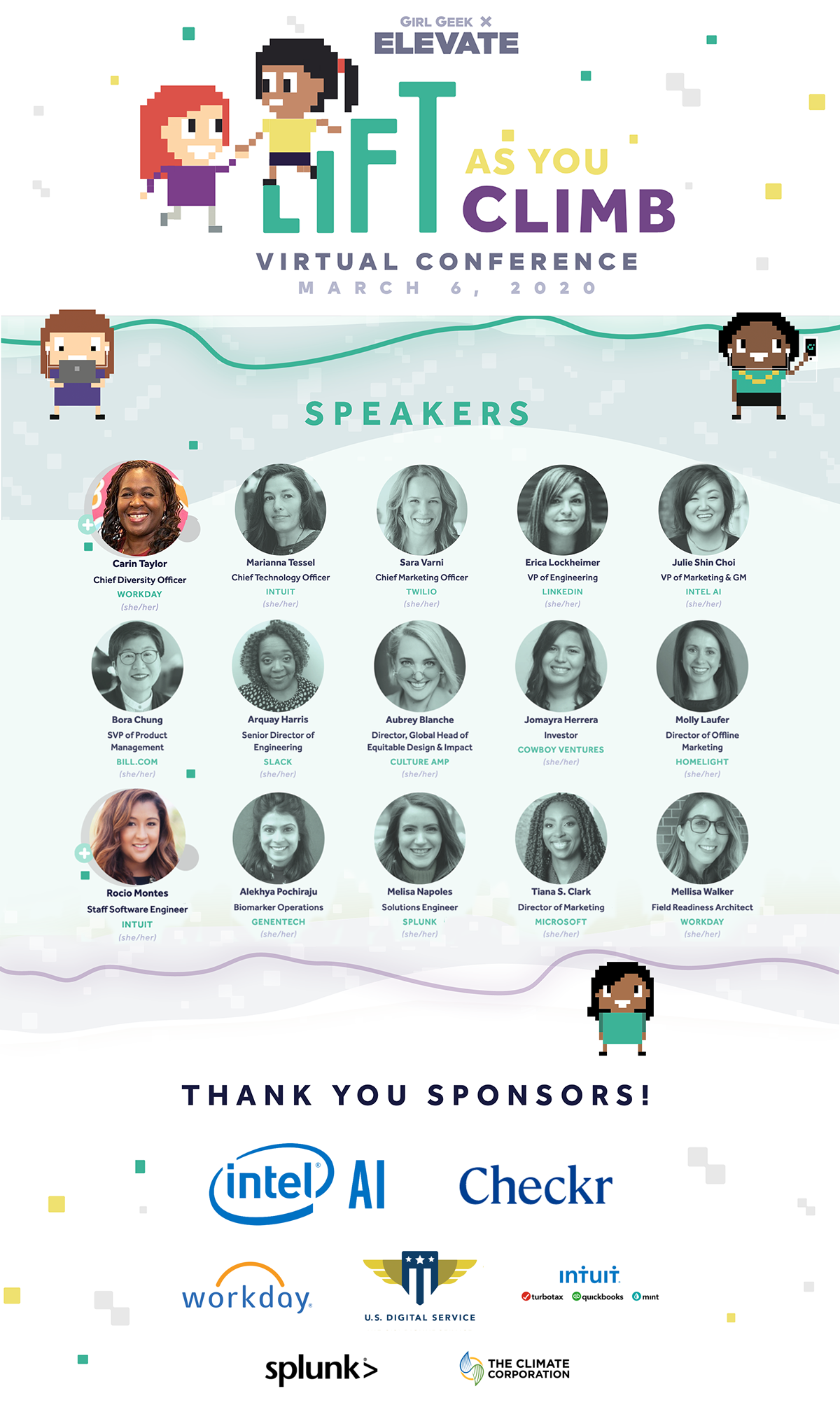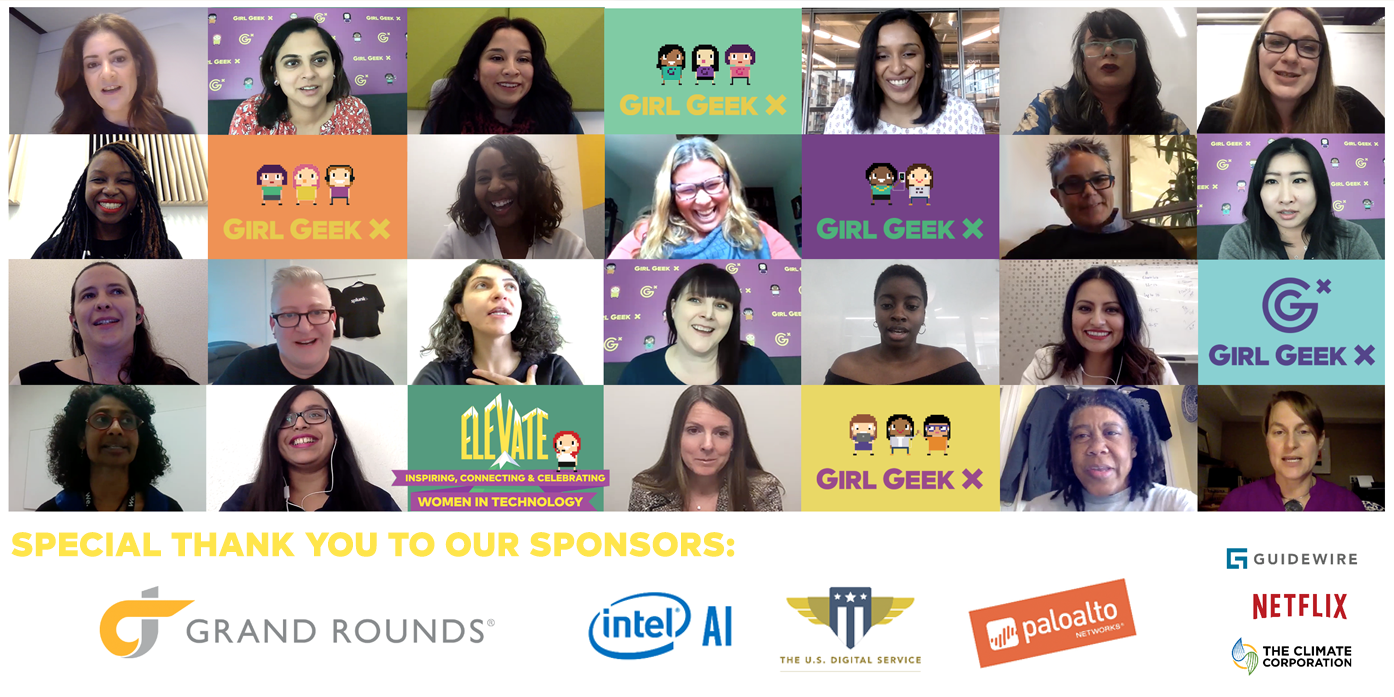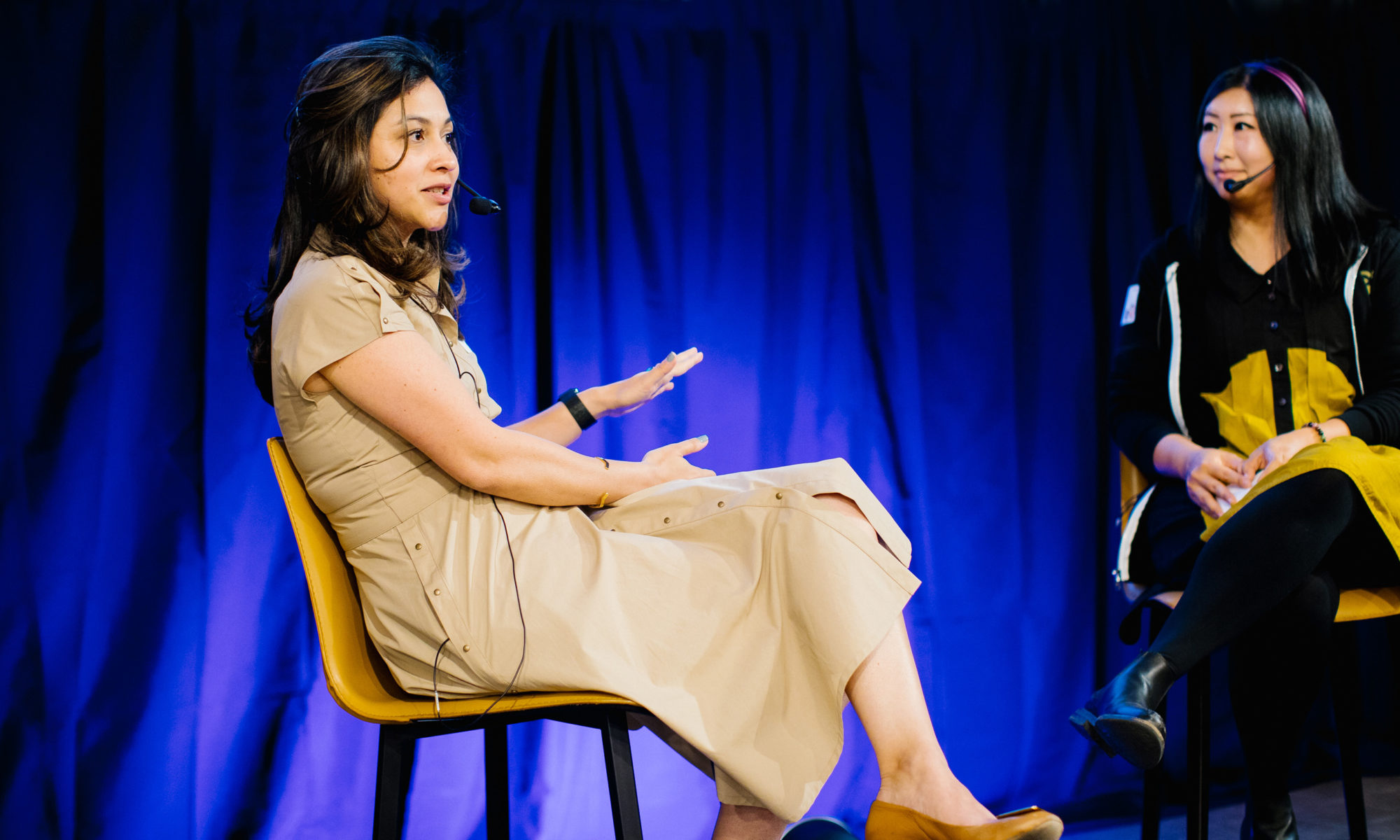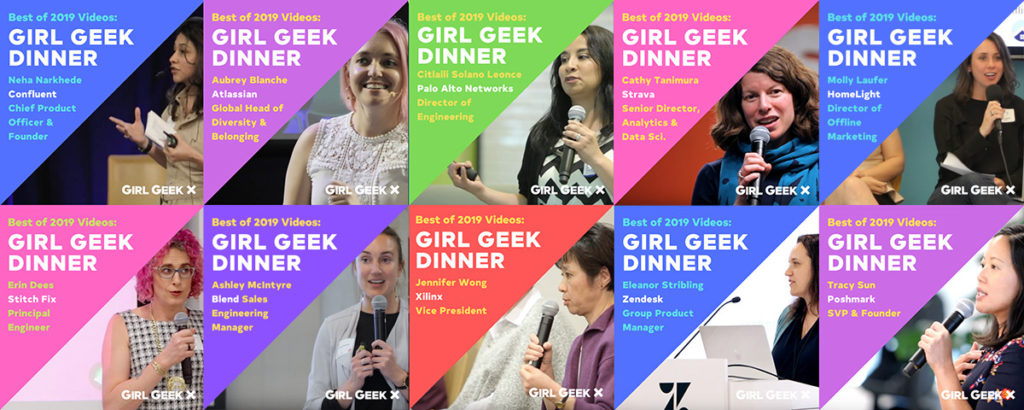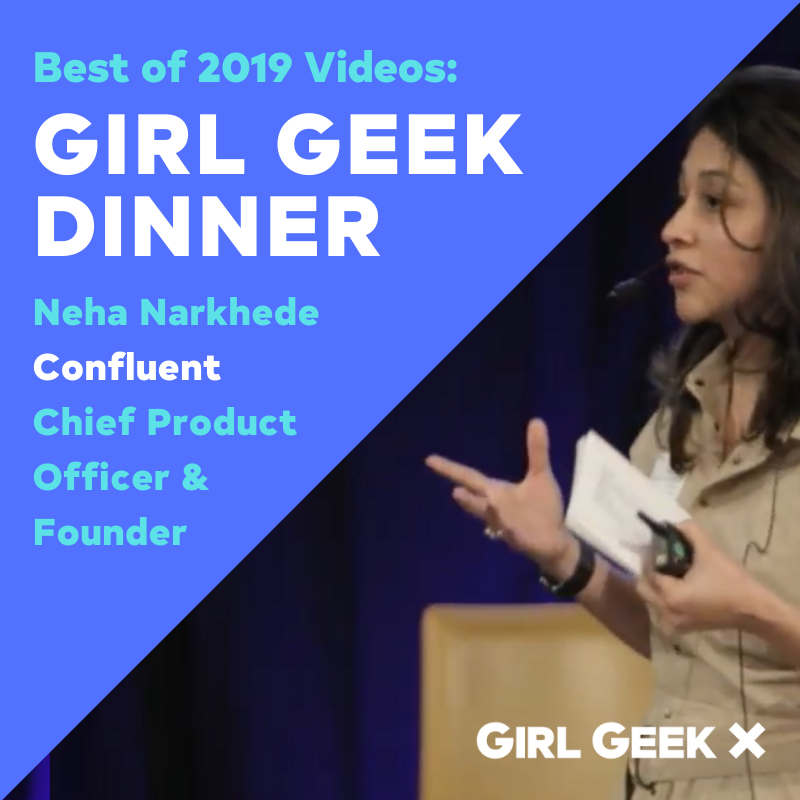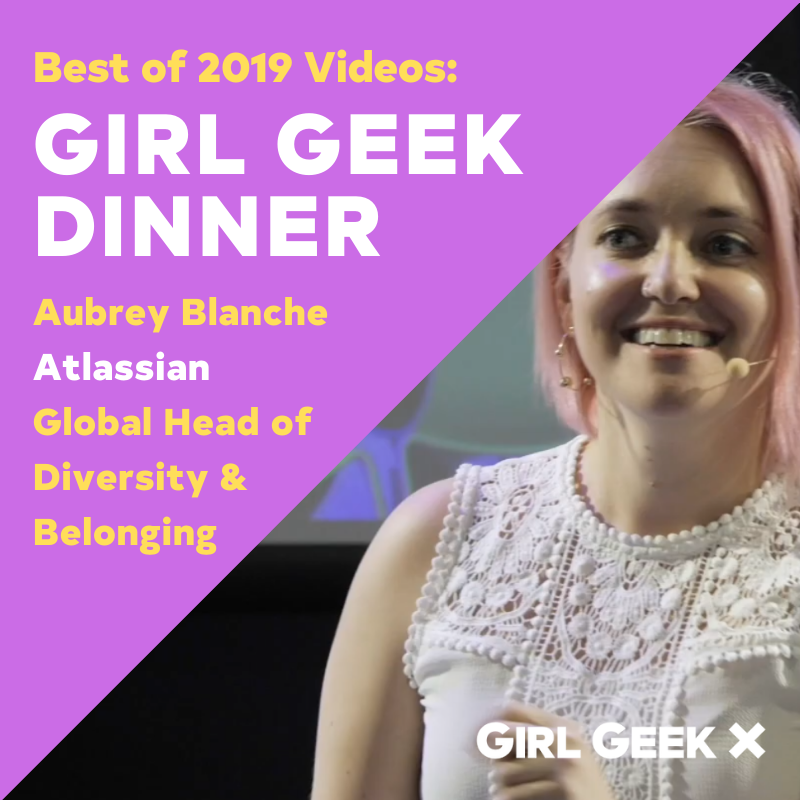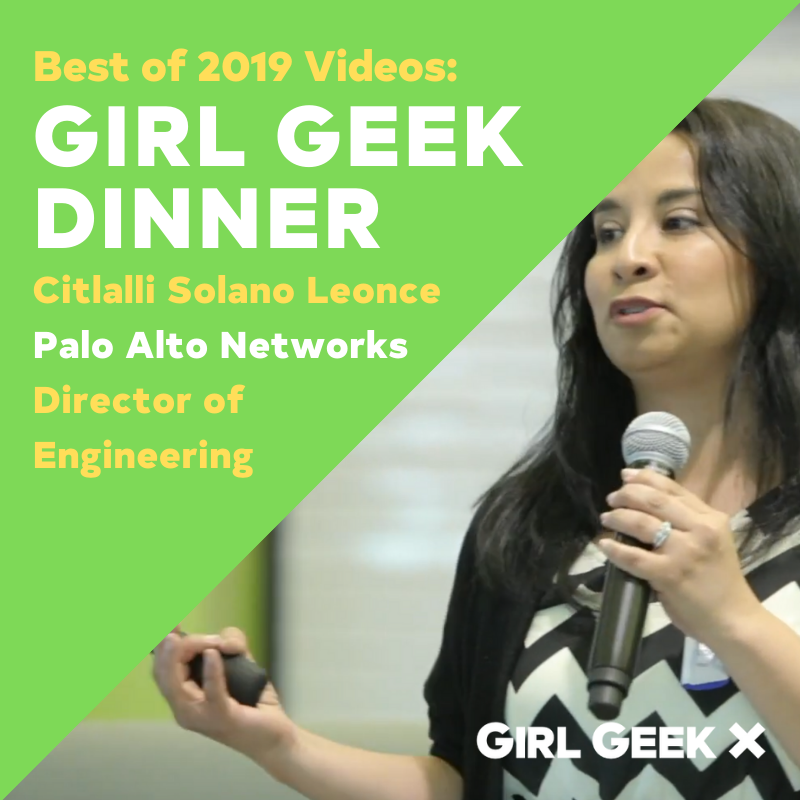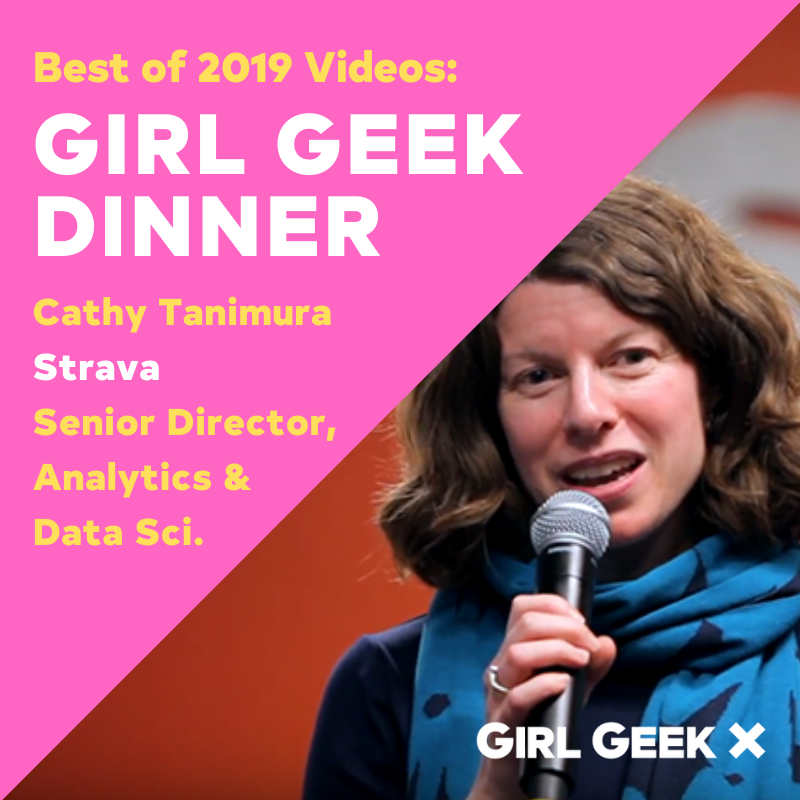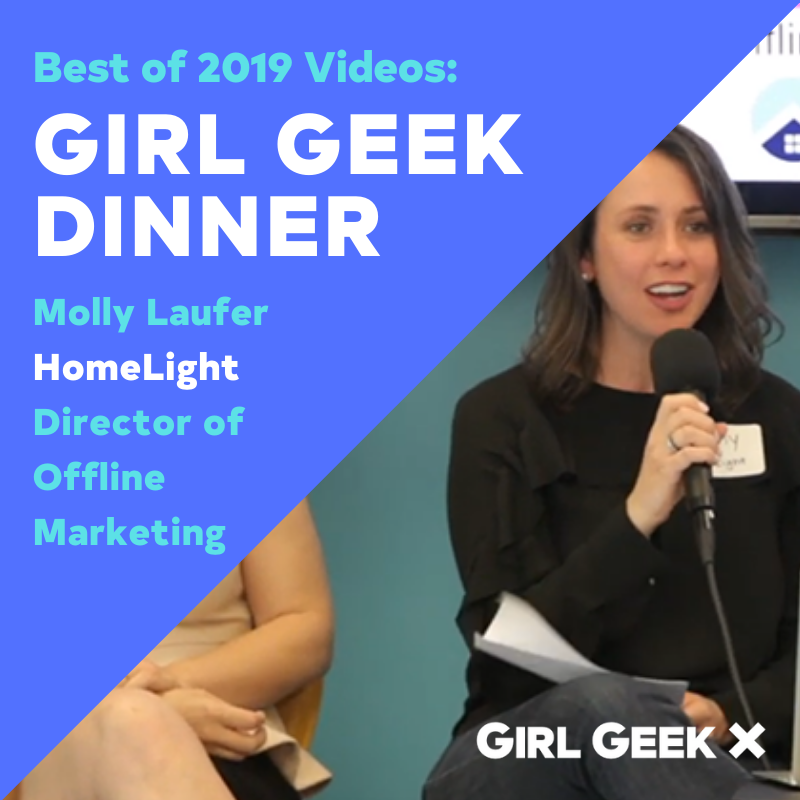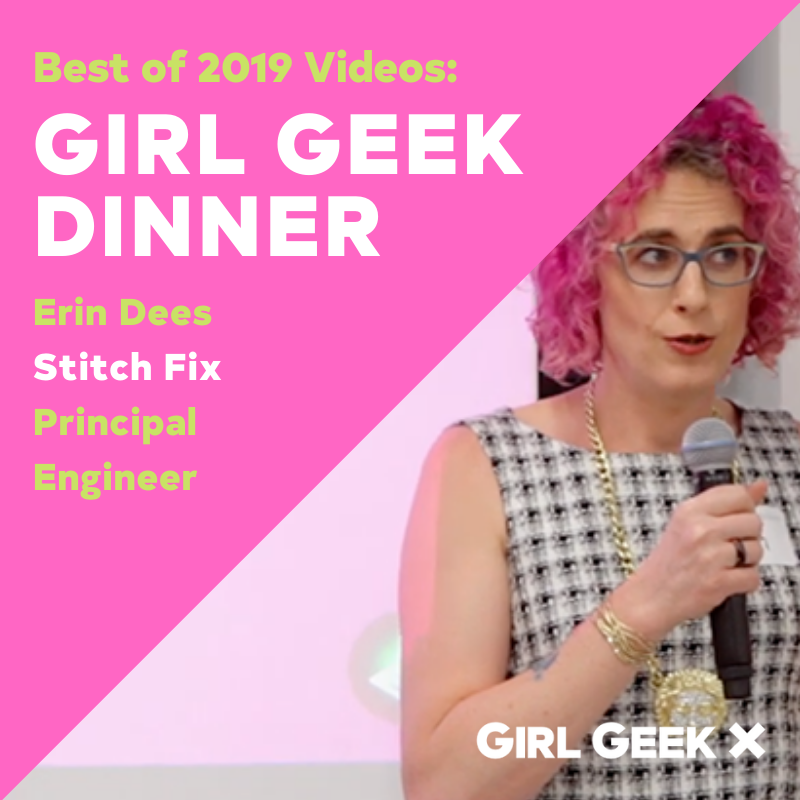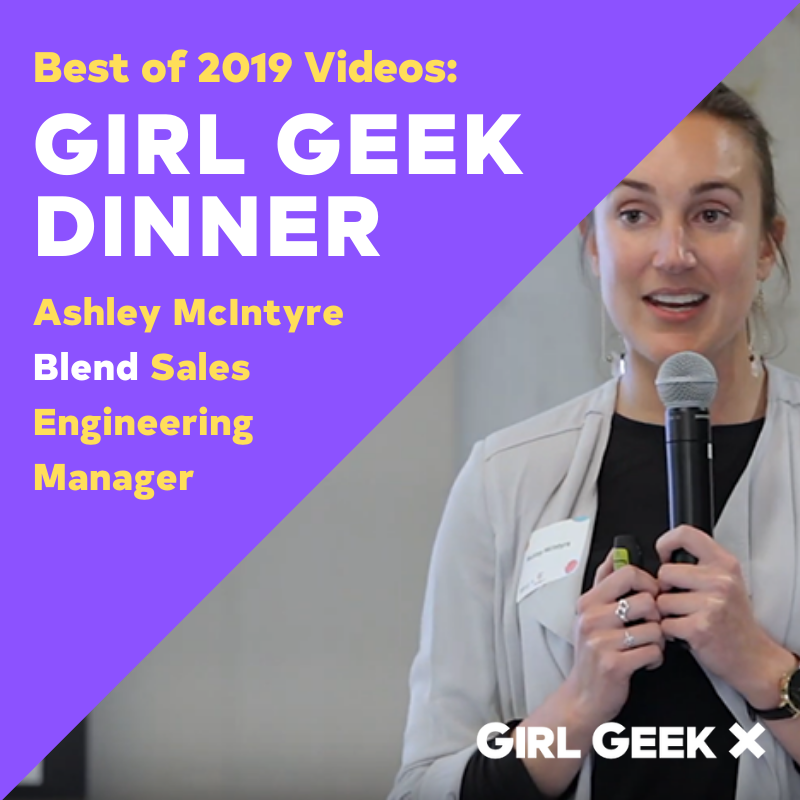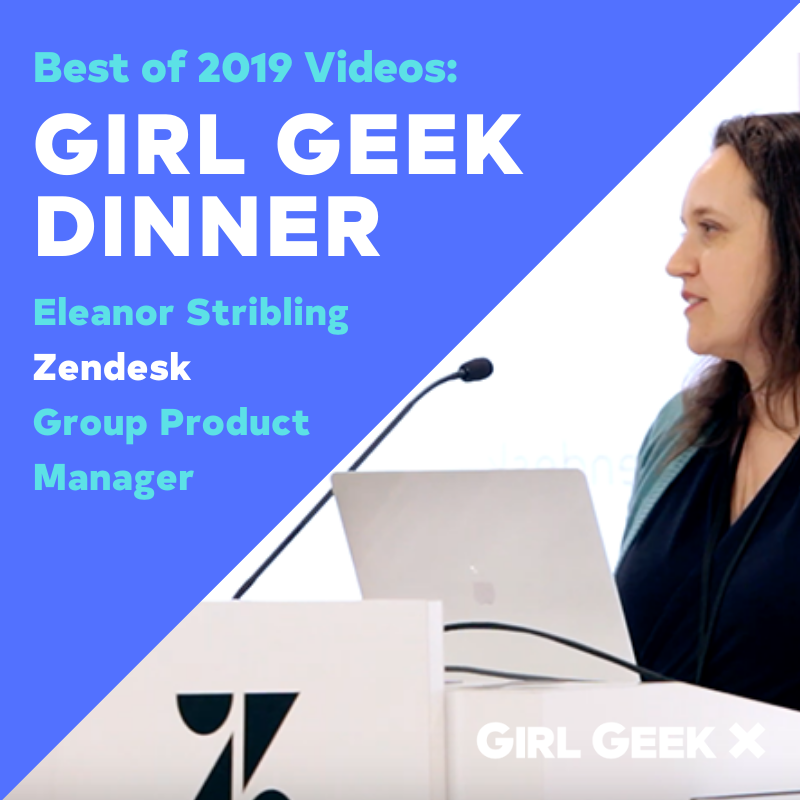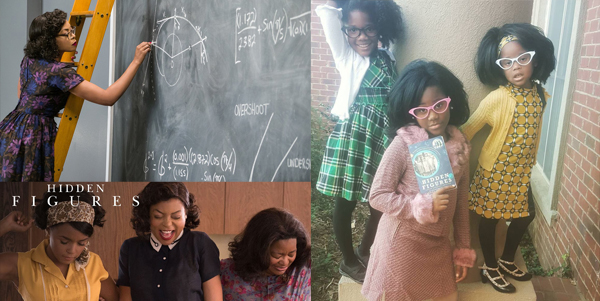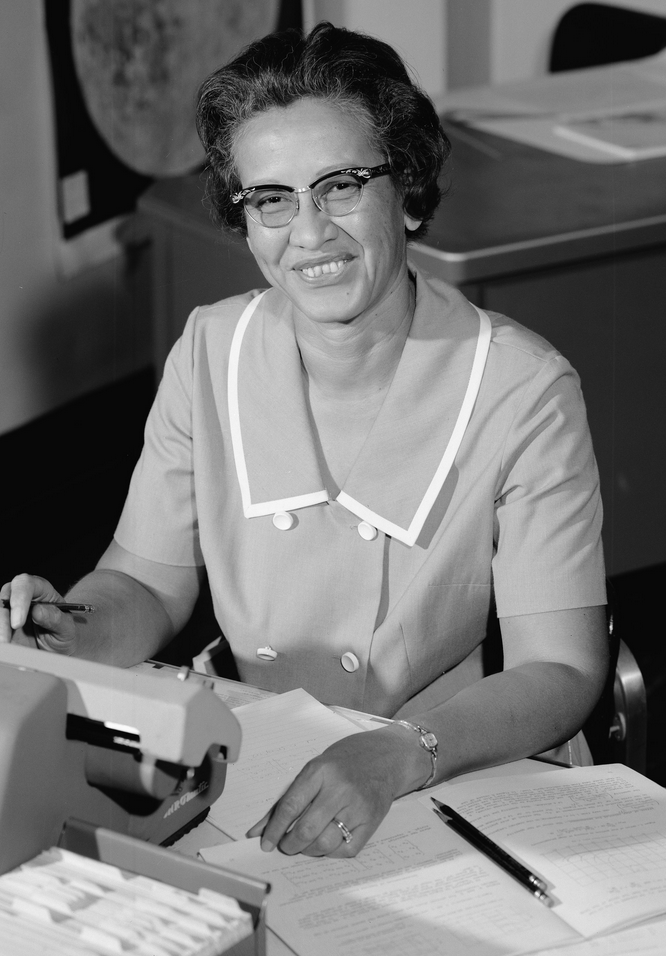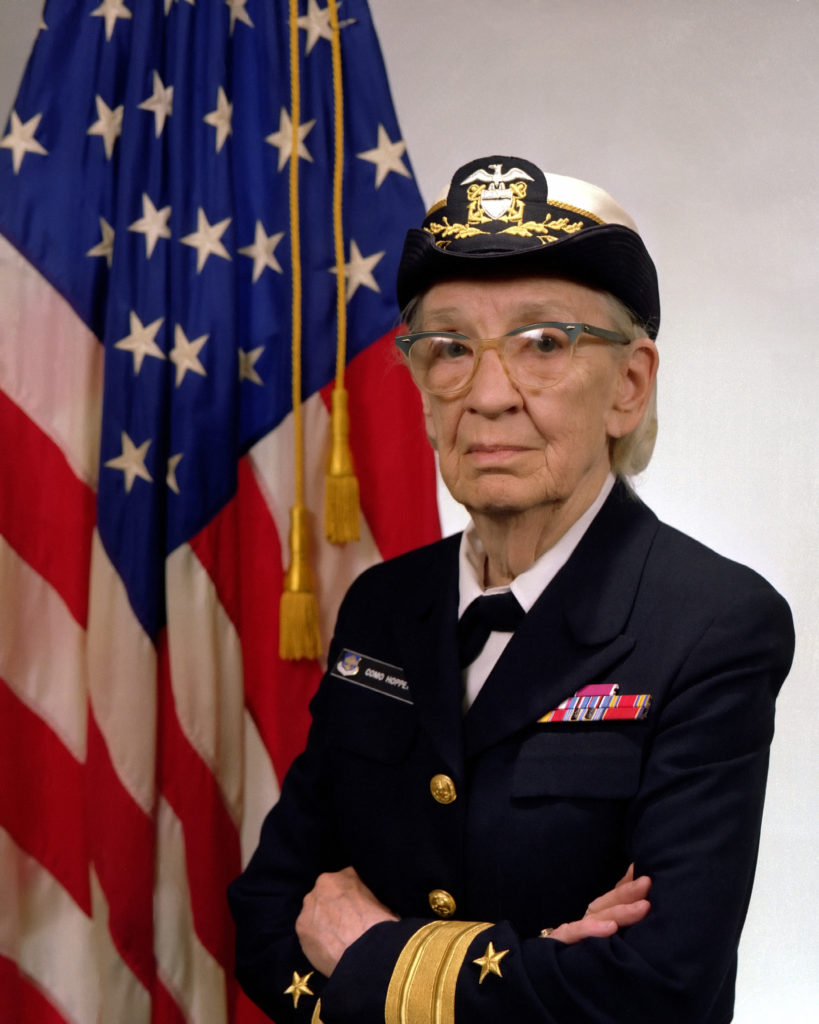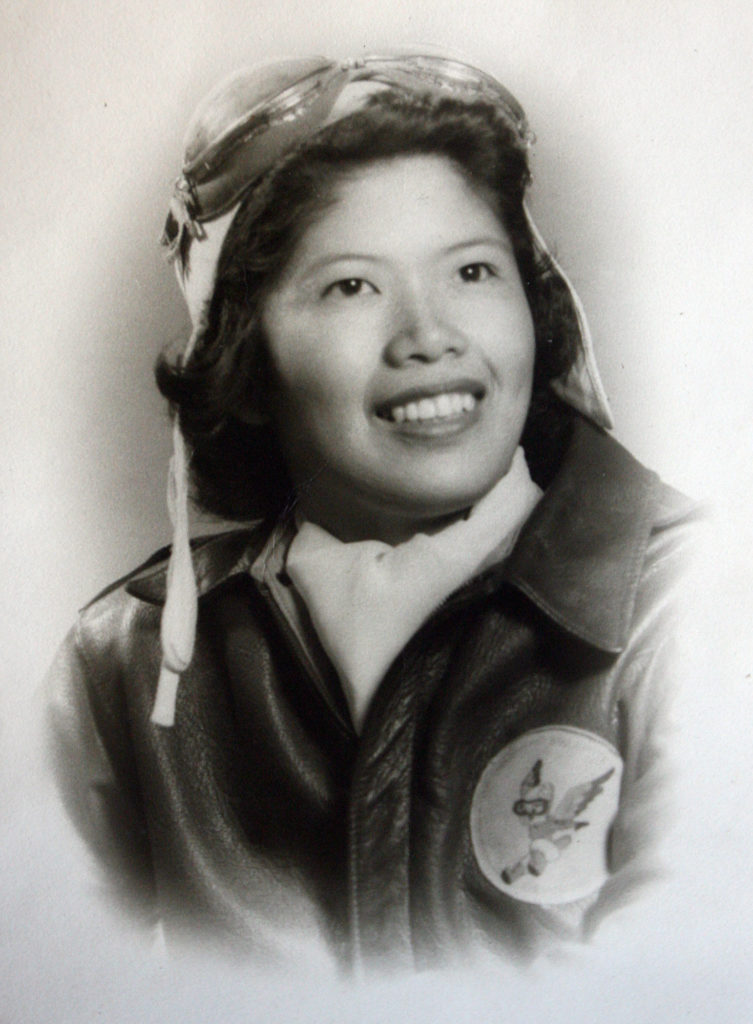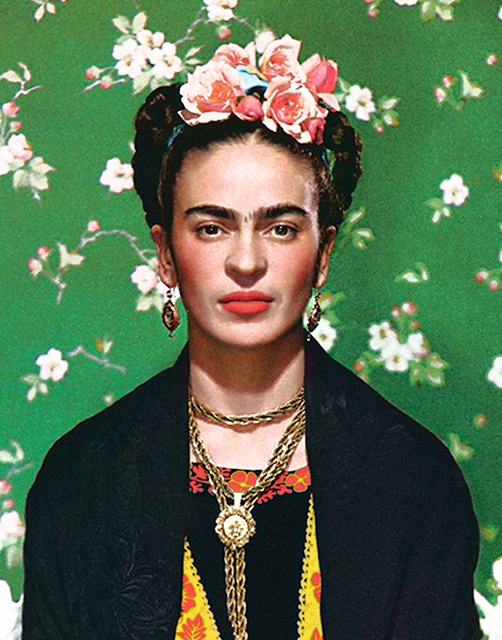Erica Kawamoto Hsu / Girl Geek X
Neha Narkhede is a technical co-founder and board member at Confluent, the company behind the popular Apache Kafka streaming platform.
Prior to starting Confluent, Neha led streams infrastructure at LinkedIn, where she was responsible for LinkedIn’s streaming infrastructure built on top of Apache Kafka and Apache Samza. She is one of the co-creators of Apache Kafka.
She shared her insights from how women can rise in the workplace, to technical interviewing, during a fireside chat at a Girl Geek Dinner.
What is the most overlooked obstacle for women asking for a promotion?
That’s a great question – something that I’ve thought about it at every stage of my career. It doesn’t seem to ever get any easier. A significant obstacle for women and minorities is the fear of being judged negatively as being too ambitious, when you get ready to really advocate for yourself.
This fear is rooted in some reality – in my observation – obvious bias that normalizes ambition and advocating for yourself for white men, while expecting minorities and women to wait for their turn, or the right time. Another obstacle is, men tend to be assessed by their future potential, and women assessed by past experience, as has been shared by so many women leaders.
It’s okay to feel a little out of place and to feel this fear – you are not imagining it, some of it actually does exist in varying proportions in different cultures.
The trick is figuring out how to ask for it regardless. What has worked for me is to navigate the communication around the ask carefully. Ultimately you have to have a productive conversation – and a series of conversations – to make the change happen.
I typically write down what I want to say ahead of time and have the best possible clarity. That gives me a chance to rehearse and anticipate any objections that might come thru, and keep emotions aside.
Importantly, I make it okay for myself to hear “no” a couple times before it finally gets to a “yes”. Know that a “no” should follow with clear, actionable feedback that allows you to make progress. If you see a situation where consistently it’s “no, but we don’t feel like you are ready”, that doesn’t mean much and it’s probably time to move on, however hard it seems.
A book “Never Split The Difference: Negotiating As If Your Life Depends On It” written by an FBI negotiator has a lot of practical advice on navigating this situation and many others.
Startups are really chaotic and career growth is one part of that puzzle. It’s a matter of survival or not. Knowing the reason for not being able to have a structured performance.
The secret to growing in a startup is to take ownership of something that needs to be fixed. As the startup grows and go thru its teenage years, there are opportunities to have a positive conversation. Larger companies have more process and more stability. Trade-offs means probably fewer opportunities for step-function growth in your career. As long as the company grows, you have plenty of opportunities for growth if you figure out how to navigate the situation with a lot of persistence.
How did you overcome technical interviewing?
Earlier in my career, when I had to get into the technical interviewing process, it was extremely daunting despite knowing how to code and knowing how to do a good job. I did what I usually do in daunting experiences (that I want to navigate anyway) — I over-prepared to give myself power.
I changed my perspective, from feeling like a victim of an obviously un-ideal situation, to taking control of it by realizing – how you are made to feel in the technical interviewing process is a reflection of the team and company you are signing up to work for.
I picked LinkedIn over other companies based on the quality of my interviewing experience, and it worked out. Realize that it’s your choice too!
Having been on both sides of the table, it shouldn’t be an adversarial experience. It should feel like a collective brainstorming exercise that you want to do with a future colleague. Having a take-home interview helps you prepare for the onsite interview. You learn a lot about a future colleague by studying the quality of the questions asked.
What is some advice to share about interpersonal communications?
It’s okay to start off as a shy, introvert engineer like I was and find yourself up on the keynote stage. Take every opportunity, however super uncomfortable it feels, to be onstage speaking. A secret is – great speakers practice a talk more than 10 times. A lot of us have speaker notes.
I learned on the job that communication is entirely different: communication in one-on-one meetings, communication in team meetings, communication onstage
There’s a lot of value in the book “Crucial Conversations: Tools for Talking When Stakes Are High” at work. Get your hands on it to learn without having to hire a coach.
* This conversation has been condensed for clarity.
Watch the whole fireside chat from virtual Confluent Girl Geek Dinner 2020:


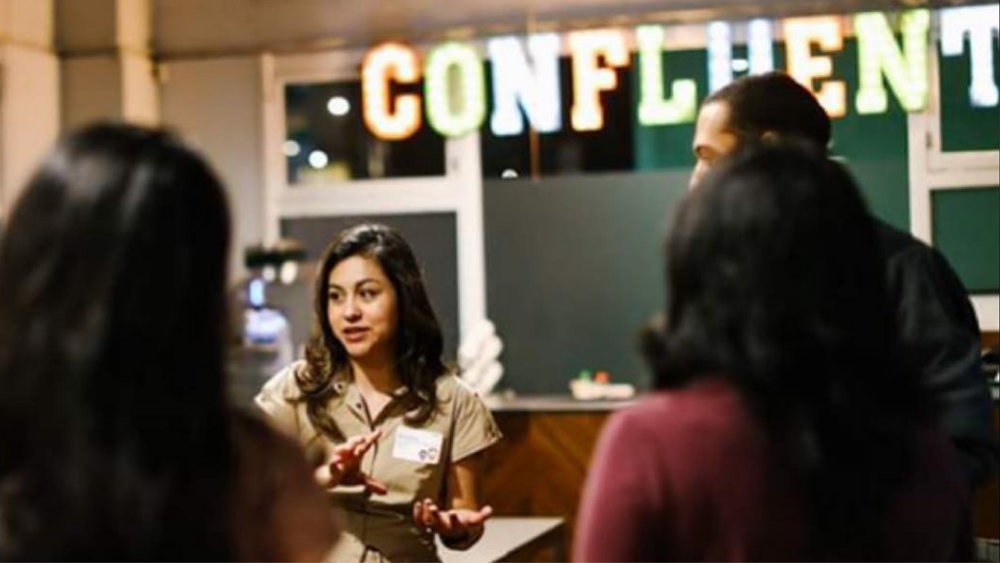




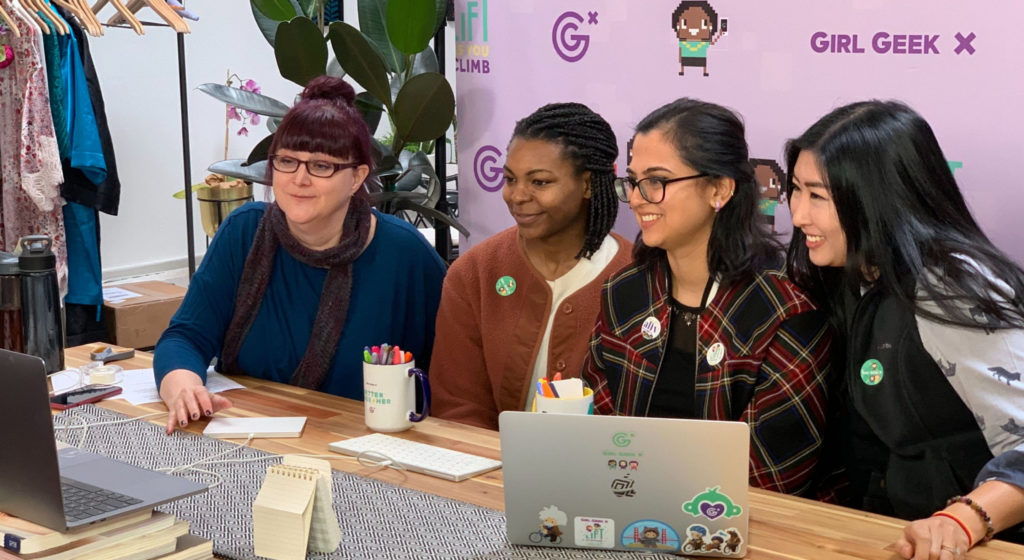



 If your organization is interested in sponsoring the conference, featuring your viewing party’s webcam during the break, and
If your organization is interested in sponsoring the conference, featuring your viewing party’s webcam during the break, and 